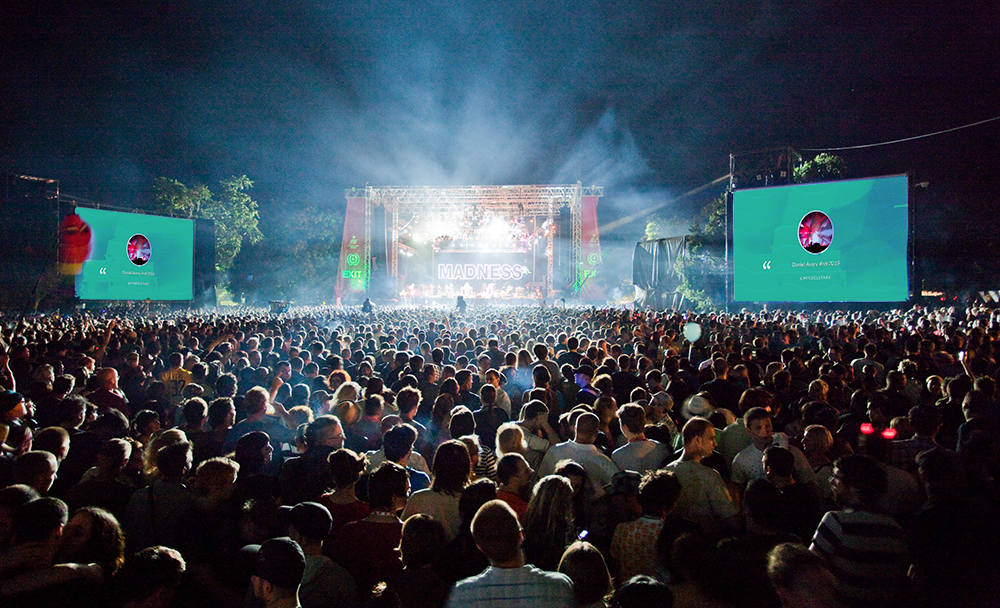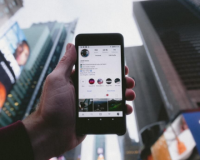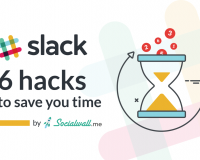If you want your event to be the best it can be, you need to capitalise on social media. These days, it’s almost the strongest marketing tool at your disposal. Social media, notably through the use of hashtags, offers a way to get your event if front of thousands of people’s eyes, and often without you needing to spend a cent!
To increase the success and engagement of your campaign, the creation of a catchy #hashtag is incredibly important. Hashtags are the lifeblood of the minimalist social networks of Twitter and Instagram, and are also used to some extent on pretty much all social platforms, including Facebook, YouTube, Pinterest, Tumblr and Vine.
It’s official. If you’re utilising social media either at or before your event, you need a hashtag.
The creation of a good hashtag is a new, and unbelievably inexact science. If someone says they have a PhD in hashtag creation, they’re lying. Everyone, to some degree, is trying to work out exactly what makes a good hashtag. But trial and error has helped clear the air somewhat.
So, when it comes to creating the perfect hashtag for your event, there are a few general rules that are worth noting down. Let’s have a look at how you should go about it.
Collect Some Intel
What are your competitors and industry contemporaries using as hashtags? What about similar events – what do they use? And how successful are they?

Before plotting your own hashtag, do a bit of research into what others are doing. This will give you a good idea of the style of hashtag that is successful in your sort of situation, and can save you a lot of trial and error on your side!
Then there’s hashtag tracking. Using a ‘listening’ tool that keeps an eye on relevant hashtags, such as TweetReach, can give you some great analytics on which hashtags seem to work, and which don’t.
Creating Your Hashtag
OK, you’re ready to actually scribble some ideas down. What do you need to think about when coming up with your perfect event hashtag?

1. Relevant
Step one – make sure it’s relevant. Ideally, you want anyone who sees your hashtag to instantly know what it refers to. This, at times, can be super hard to do.
The use of acronyms is a good place to start, as many people may already be referring to your event in acronym form. The International Helium Voice Championship of 2016 could be converted to #IHVC2016. Alternatively, you could take an overriding theme from the event, and form a hashtag around that. E.g. The (entirely made up) London Hat Convention could use the hashtag #tipyourhat.
2. Unused
While you may have found the perfect acronym or catchy phrase to use as a hashtag, before you get too excited, you need to ensure that it’s not already being used by someone/something else.
If the hashtag has been used in a minor way in the past, you may be OK to commandeer it. But if it’s still being used by another group of people or organisation, using it yourself can be a recipe for trouble (and confusion). Do your best to find something that’s entirely original.
3. Short
It almost goes without saying, but the minimalism of the hashtag reliant platforms of Twitter and Instagram means that you want to keep your hashtag as short and sweet as possible. Remember – when it comes to Twitter, you’ve only got 140 characters to play with. If your hashtag takes up 20 of them, that cuts down the available characters enormously, leaving your guests unable to comment on your event.
The aforementioned acronym option is a good one to use.
4. Punchy
Above relevancy, originality and succinctness, the most important aspect of a successful hashtag is what it is able to convey in such a small amount of characters. You want it to be punchy, be memorable; you want something that people are excited to use.
This is the element of a good hashtag that is hardest to get right. And unfortunately, there is no recipe for success when it comes to making your hashtag punchy. This piece of the puzzle is entirely down to trial and error, and a lot of brainstorming.
Broadcast the Hashtag
Once you’ve locked in your hashtag, use it.

People won’t know about it unless you broadcast it as much as possible. Utilise it in the lead-up to the event on your social timelines. At the event, make sure it’s on display, and encourage people to use it. A tweetwall that displays guests’ contributions, or a general social media wall, can be a great way to encourage interaction. Alternatively, offering a prize for the best contribution using the hashtag can also spur involvement.

There’s no rigid, 10-step plan for creating the Holy Grail of hashtags. It takes patience, creativity, and a clear set of goals.
But if you keep these few things in mind, you’ve got a good chance of hashtag success at your next event.
Ready to dive in? Measure the impact of your perfect hashtag with SocialWall.me!








